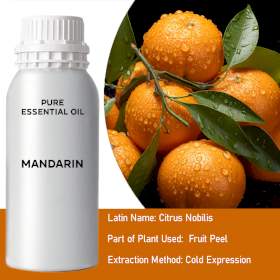Jasmine Dilute 0.5Kg
Latin Name : Jasminum Officinale
Part of Plant Used : Dried Leaves
Source : India
Extraction Method : Steam Distillation
5% Dilution in Grapeseed Oil
It may be the aphrodisiac properties that placed jasmine oil in such high demand throughout history. Jasmine essential oil was used in healing and religious ceremonies because of this compelling quality. In China, jasmine oil was used in sick rooms to make the air fragrant, but it was also thought to clear the air of pollutants even before the discovery of bacteria. Ancient Egyptians used jasmine oil for headaches, nervous disorders, and to promote restful sleep.
Today, the essence is produced through a process called solvent extraction. At first glance, jasmine is all about scent. Its complex, floral energy is a mood-lifter for most people and often provides aphrodisiac qualities. Studies have shown that just smelling jasmine can increase alertness, hand-eye coordination, boost self-confidence, and happiness, and reduce stress.
In a therapeutic sense, jasmine can treat dry, aging skin. It is used in low concentrations to treat eczema and dermatitis. Additionally, jasmine is useful in fading scars and treating stretch marks after delivery. Jasmine can relieve anger, anxiety, and stress without acting as a sedative. Jasmine opens one up to options available through clearer thinking. This calming and balancing power can also reduce inflammation from emotional stress.
| Origin |  India India |
| Net weight | 0.625Kg /piece |
| Shipping weight | 0.55Kg |
| Dimensions | |
| Materials / Ingredients | |
| CPNP | |
| UFI | |
| Barcode | 5055796564194 |
| GPSR | |
| Manufacturer | |
Responsible Person in the EU
Ancient Wisdom s.r.o., CTPark Trnava, Prilohy, 919 26 Zavar, Slovakia.+421 (0)33 558 6202
|
|
| Warnings | |
| How to use | |
| Class and category of danger | |
| Available languages on the product | |
| MSDS | CLP SDS |
| MSDS | IFRA Certificate |
| MSDS | Allergen Declaration |
 Materials / Ingredients Materials / Ingredients |
 Barcode Barcode |











